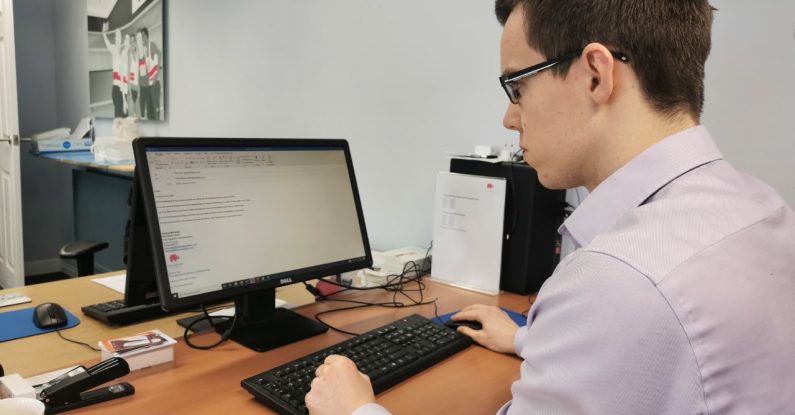
Learning how to say no in business is a key skill in any growing company.
But it’s important that first we take it back to basics.
“The answer’s yes. What’s the question?”
Anyone with a toddler will be acutely aware of the power of saying no – and of having “No” said to you.
But in business, we hate saying no.
It feels negative.
It feels like we’re shutting the door on the customer.
And after all, the customer is always right.
Well, we’re here to help you break the rules.
Be confident – and say no.
We dealt with a number of widely-varying clients this week.
We helped them to shape their key messages ahead of speaking to Scotland’s media.
And we helped another present their business in a more positive light.
A common theme emerged.
An unwillingness to say one of the most powerful words in the English language: “no”.
Consider the following situations:
In each situation, we feel torn.
We want to please our customers, our colleagues, our partners – and our friends.
We fear saying no – and so we respond something like this:
“I would love to help you out and I’m certainly keen to be as flexible as I can to help you in your situation but…”
Well, I’m offering you the chance save time and save face by starting with a simple word: No.
Of course, you have to move on quickly, justify your response and move your buyer towards an action.
Let’s take the charity example:
Question:
“I take it you’d be free again this year? You helped make such a huge difference last year”.
Answer:
“No, I’ve really given up after-dinner events to spend more time with my family, but I’d be happy to recommend others who may be interested”.
Or consider your customer asking for a freebie:
Question:
“I’m considering buying several of your products so could you please arrange for one to be sent free of charge to my business address?”
Answer:
“No, we’re unable to send a product free of charge as it’s a high-value item, but I’d be happy to meet with you to demonstrate the product to you”.
It’s very simple, it’s very positive – and it all starts with the word “No”.
As a buyer, we’re often simply looking for certainty.
And that certainty comes in the form of a Direct Answer.
“Yes”, “no”, “I don’t know”, or “it’s too early to say”.
Direct Answers help you to control the agenda of your conversation.
They create certainty.
And everybody knows where they stand.
So next time, stay positive, stay focused, stay confident.
Say no.
If you’re looking to learn more in your own time at your own pace, check out our e-learning courses on the Pink Elephant Academy.
Andrew McFarlan is Managing Director of Glasgow-based media training and presentation skills firm Pink Elephant Communications.
You can view his full profile here.
Photos in How to say no by Pink Elephant Communications.
How to say no by Colin Stone.
1st March 2015 Featured in: Assertiveness training blogs, Blog By: Pink Elephant
Some media trainers knock you down…and leave you down. Our media coaches show you how to deal with each knock…and still win through. So you have the presentation skills to perform – with confidence.